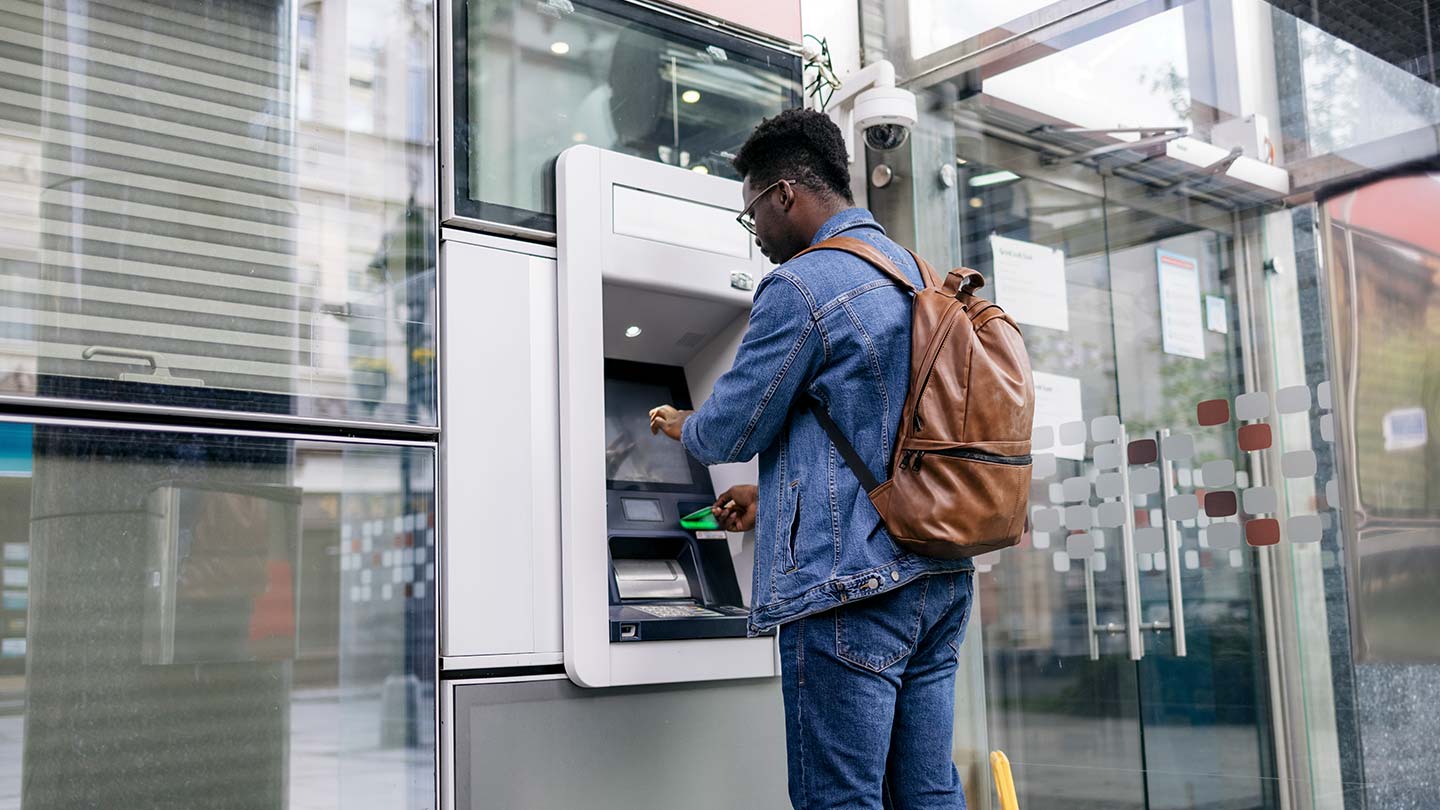Today, the JPMorgan Chase Institute released the Local Consumer Commerce Index (LCCI) – a new measure of the monthly year-over-year growth rate of everyday debit and credit card spending. The LCCI is constructed from over 14 billion anonymized credit and debit card transactions from over 50 million Chase customers across 15 U.S. cities: Atlanta, Chicago, Columbus, Dallas, Denver, Detroit, Houston, Miami, Los Angeles, New York, Phoenix, Portland (OR), San Diego, San Francisco, and Seattle. The index, which analyzes consumer spending data from October 2013, will be updated regularly to provide an ongoing, dynamic view of the health and vibrancy of the U.S. consumer and the places where consumers and businesses operate.
While the Institute’s local consumer commerce data revealed lackluster growth during most of 2015, brand new December data show year-over-year consumer spending growth of 2.3 percent. In fact, year-over-year growth in local consumer commerce exceeded two percent in three of the most recent six months observed by the series (July, October and December). All 15 cities that comprise the LCCI experienced positive growth in December, the first month since January 2015 with across-the-board consumer spending growth. Small businesses also performed well, contributing 1.7 percentage points of the 2.3 percent total growth in December. Young consumers and consumers in the bottom income quintile continued to be a bright spot, with these groups contributing over 40 percent of the total growth in December.
"To move the economy forward, we need to capture a better understanding of local consumer spending. The Institute has developed a local and timely look at actual consumer activity to better measure the economic health and vibrancy of U.S. consumers, local businesses and the cities where they reside," said Diana Farrell, President and CEO of the JPMorgan Chase Institute.
The LCCI revealed that Atlanta grew the fastest of the fifteen cities, with 5.1 percent year-over-year growth. This was a marked reversal from declining growth and low growth rates in Atlanta throughout 2014. Houston grew the slowest, increasing a mere 0.3 percent, which followed a year of high growth in early 2014. Small businesses grew the fastest in the Detroit metro area, with 9.2 percent year-over-growth, while large businesses grew the fastest in Portland, at 14 percent year-over-year growth.
"To move the economy forward, we need to capture a better understanding of local consumer spending. The Institute has developed a local and timely look at actual consumer activity to better measure the economic health and vibrancy of U.S. consumers, local businesses and the cities where they reside."
Diana Farrell, President and CEO of the JPMorgan Chase Institute
While youth funding by the U.S. Department of Labor has decreased by 33 percent since 2000, a variety of sources have increased public funding for summer jobs by almost 10 percent between 2014 and 2015. The private sector has increased funding for SYEPs in 2015 by a national average of 4 percent and JPMorgan Chase has committed nearly $6 million over the last two years to support career-targeted opportunities for teens and young adults through SYEPs. The summer jobs programs funded by JPMorgan Chase in 2015 helped to provide over 3,200 youth jobs and work-related opportunities.
The concept of local consumer commerce was introduced in the Institute’s December report, Profiles of Local Consumer Commerce, which highlighted a 4.5 percent slowdown in consumer commercial spending during the first half of 2015. The report also showed that middle- and high-income consumers, and consumers ages 65 and older were responsible for most of the slowdown in growth, while low-income consumers and those under 35 maintained relatively stable spending growth.



